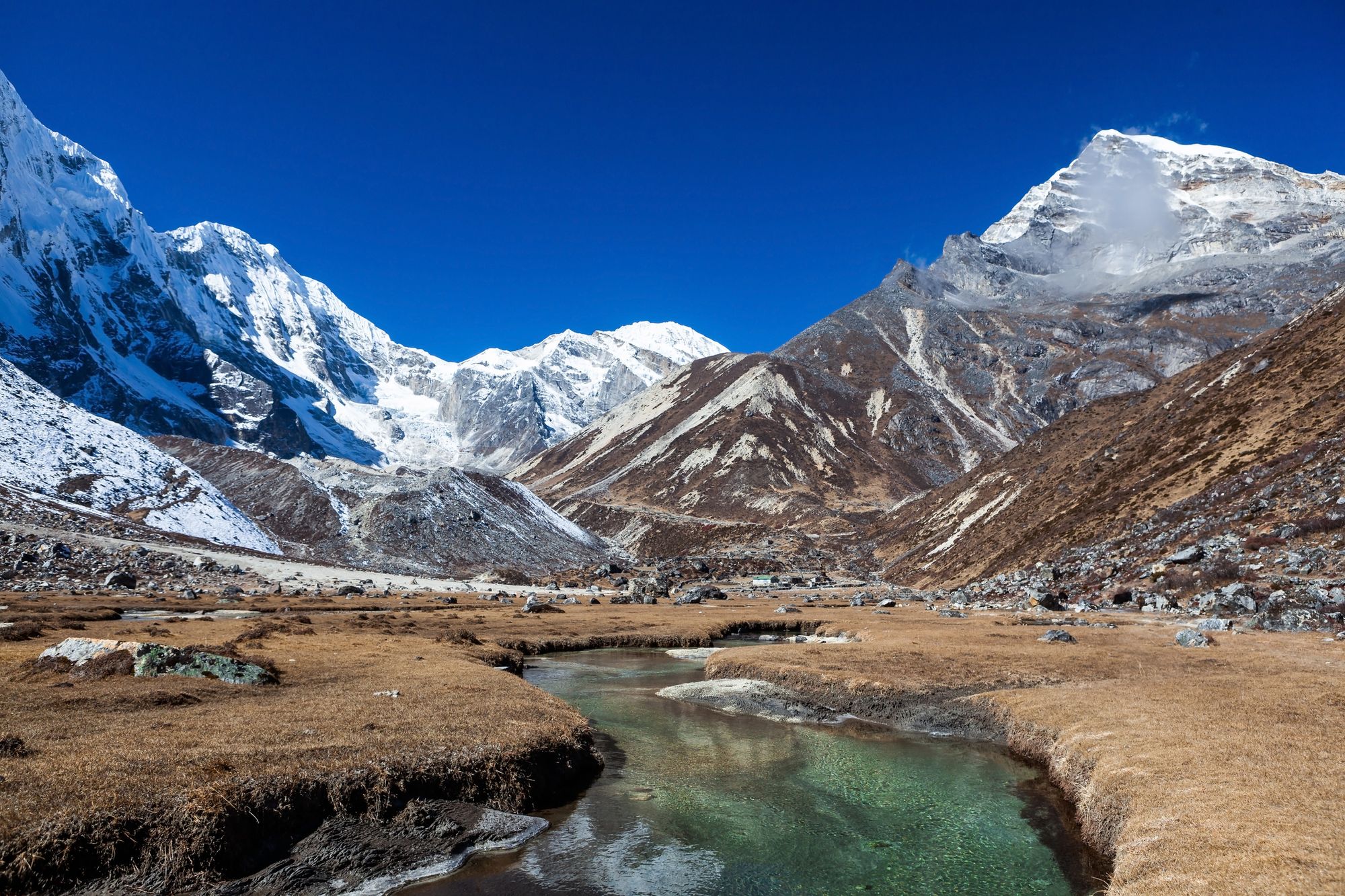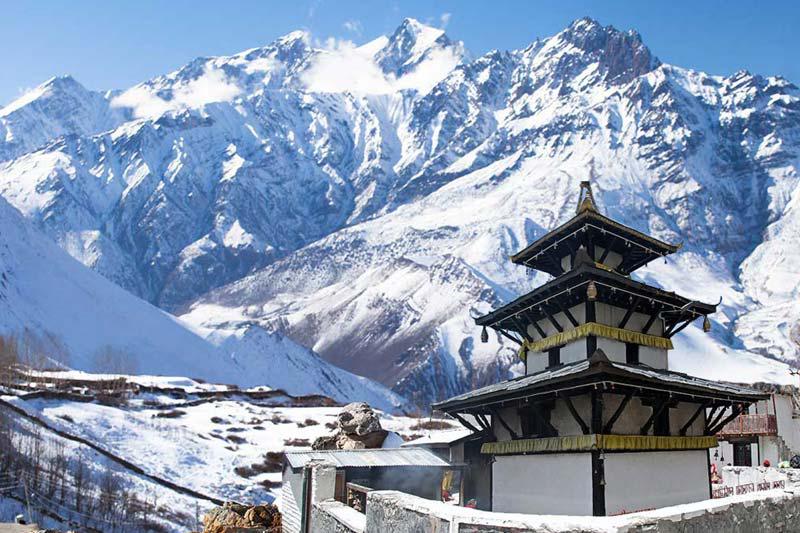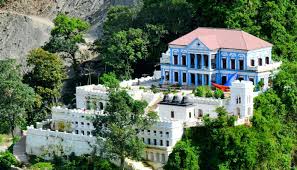Langtang National Park, established in 1976, is Nepal’s first Himalayan national park and a haven of natural beauty and biodiversity. Spanning an area of 1,710 square kilometers, it is located about 32 kilometers north of Kathmandu, bordering Tibet to the north. The park features an extraordinary range of ecosystems, from lush subtropical forests to alpine meadows, rocky cliffs, and glacial peaks, making it a perfect destination for nature enthusiasts and adventure seekers.
One of the most iconic features of the park is the Langtang Valley, often referred to as the “Valley of Glaciers,” which offers mesmerizing views of Langtang Lirung (7,234 meters) and other towering Himalayan peaks. The park is home to a diverse array of wildlife, including rare and endangered species like the red panda, snow leopard, Himalayan tahr, and over 250 species of birds. Its vibrant forests are filled with rhododendrons, oaks, and pines, painting the landscape in vivid colors, especially during spring.
Langtang National Park is not only a natural wonder but also a cultural treasure. It is inhabited by the Tamang and Sherpa communities, who have preserved their traditional lifestyles, unique customs, and Tibetan Buddhist heritage. Ancient monasteries, chortens, and prayer flags dot the landscape, adding a spiritual charm. Sacred sites like Gosainkunda Lake, a holy alpine lake revered by Hindus and Buddhists, and Kyanjin Gompa, an ancient monastery, are major attractions for pilgrims and trekkers alike.
Trekking is a key activity in the park, with routes that offer a perfect blend of natural beauty and cultural experiences. The Langtang Valley Trek and Gosainkunda Trek are among the most popular, allowing visitors to explore pristine landscapes and immerse themselves in local culture. Despite the significant damage caused by the 2015 earthquake, the resilient local communities have worked hard to rebuild and continue to welcome visitors with warm hospitality.
Langtang National Park stands as a symbol of Nepal’s rich natural heritage and cultural diversity. Whether you seek adventure, tranquility, or spiritual fulfillment, the park offers an unforgettable experience amidst the majestic Himalayas.




